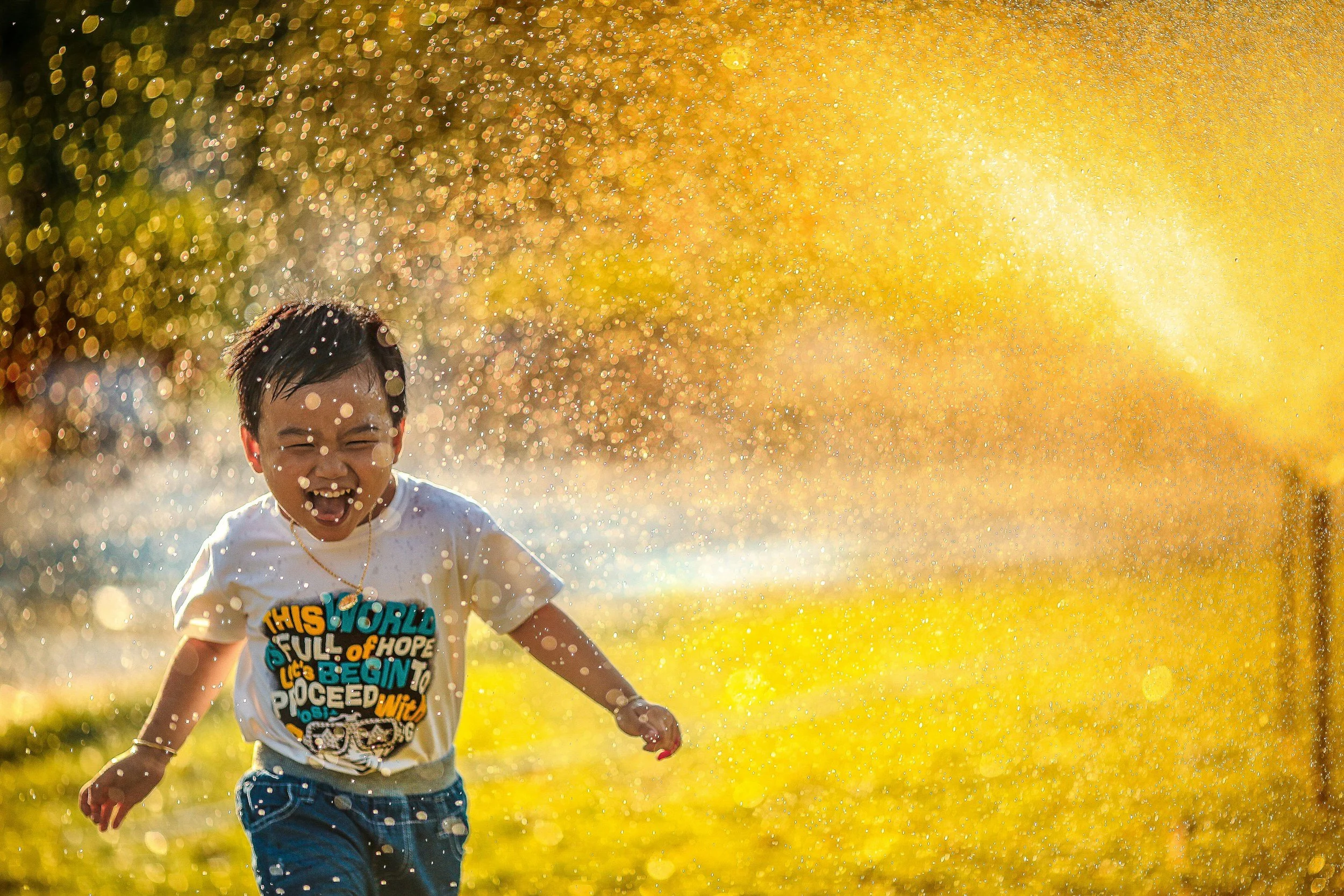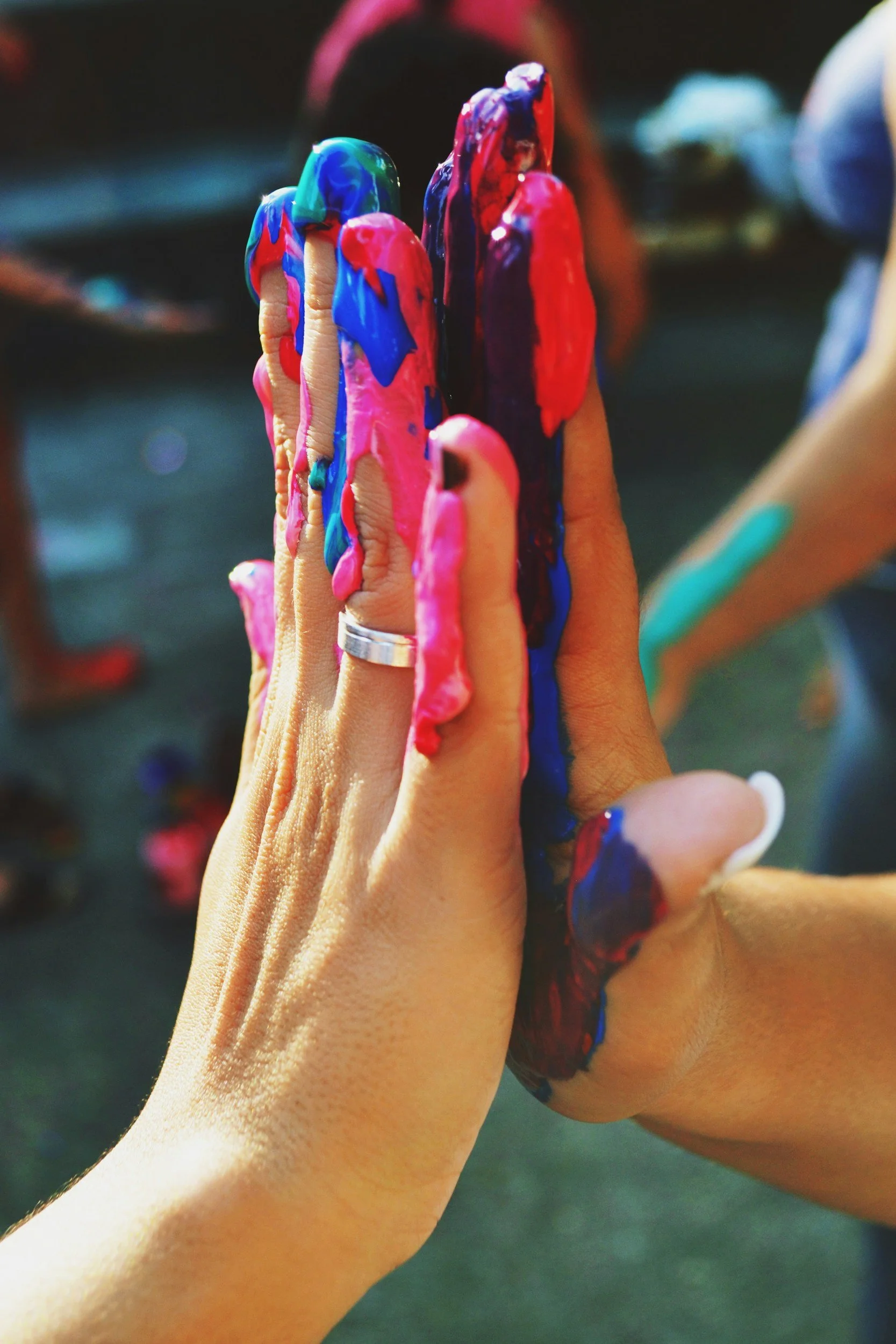Creativity Meets Emotional Intelligence: Why EQ Is the Secret Ingredient to a Thriving Life
We’ve all heard of IQ—the intelligence quotient that measures how well we reason, memorize, and solve academic problems. But there’s another kind of intelligence that’s quickly becoming just as important (if not more so) for living a fulfilling, connected, and successful life: Emotional Intelligence (EQ).
So what is EQ, and how does making art actually help grow it?
Let’s explore.
IQ vs EQ: What's the Difference?
IQ (Intelligence Quotient) is what we traditionally measure in schools—math skills, memory, logic, verbal ability. It’s important, no doubt.
EQ (Emotional Intelligence) is the ability to understand your own emotions, recognize emotions in others, manage feelings with care, and communicate with empathy and clarity.
In short: IQ helps you pass tests. EQ helps you understand people—including yourself.
And in today’s fast-moving, emotionally complex world, EQ is becoming essential for things like:
Forming healthy relationships
Navigating change or stress
Building resilience
Leading and collaborating with others
Feeling emotionally grounded and confident
How Creative Art Builds Emotional Intelligence
Here’s where the magic happens: art is one of the most natural ways to grow EQ—especially in children. Why? Because making art isn’t just about what you create. It’s about how you feel while creating it.
Let’s break it down:
1. Art Gives Feelings a Safe Outlet
Children (and adults!) often struggle to name big emotions like frustration, sadness, joy, or worry. But through art, we can show how we feel—without needing the exact words.
Whether it’s through bold colors, heavy strokes, delicate lines, or surprising textures, art becomes a mirror for what’s going on inside.
2. It Builds Self-Awareness & Self-Regulation
Creative practices require patience, focus, and an ability to sit with discomfort (especially when something doesn’t go as planned!). Kids learn to pause, reflect, adjust, and keep going—skills that build emotional regulation and resilience.
3. Art Encourages Empathy
In collaborative art or shared gallery-style discussions, children begin to see how others express and interpret emotions differently. These conversations teach them to listen, validate, and understand perspectives beyond their own.
4. It Strengthens Confidence Without Comparison
Unlike test scores or trophies, art doesn’t have a single “right” answer. This gives kids the freedom to make mistakes, take risks, and value their unique voice—core traits of emotionally intelligent, adaptable people.
EQ in Action at Whimsy Art Club
At Whimsy Art Club, our classes are more than just fun and colorful. They're intentionally designed to support the growth of the whole child—mind, heart, and spirit.
Through mindful creative projects, storytelling, group reflection, and open-ended materials, we help kids:
Express themselves without fear of judgment
Explore emotions in healthy, creative ways
Develop compassion for themselves and others
Grow confidence in their ideas, even when they're still figuring it out
We believe emotional intelligence isn’t taught through worksheets—it’s built through experience. And art is the perfect place to begin.
Want to Raise a More Emotionally Intelligent Child?
Join our mailing list for updates on upcoming art workshops, EQ-focused lessons, and resources to support your child’s emotional growth through creativity.
Or reach out to learn more about how our programs can support your family, classroom, or community.
Creativity isn’t just beautiful—it’s transformational.
And emotional intelligence isn’t a bonus skill. It’s a superpower.



